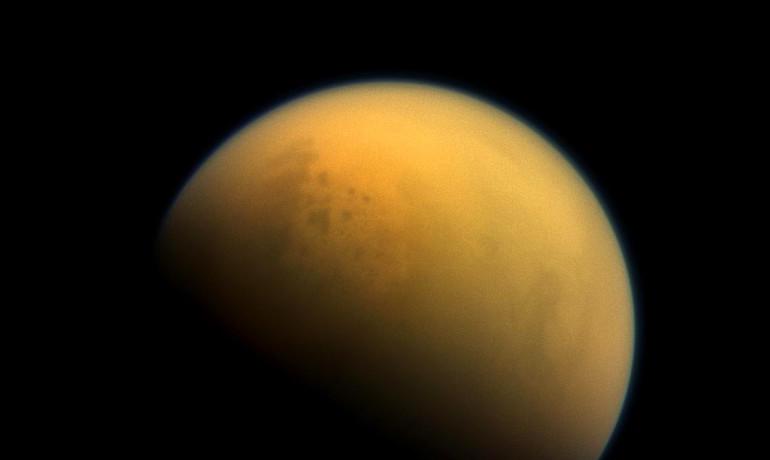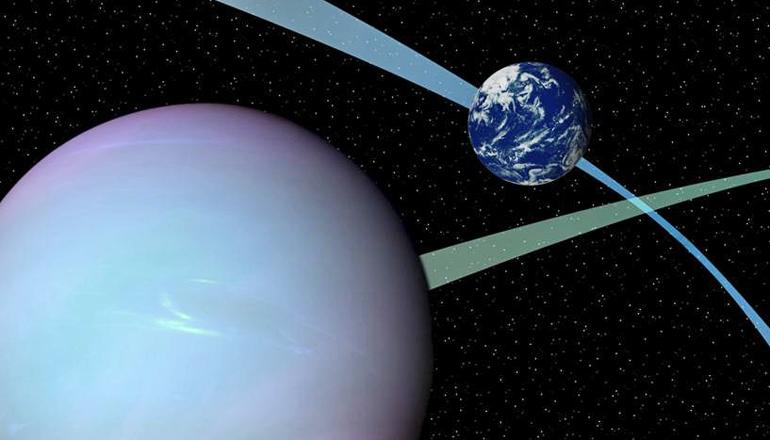Exoplanets roughly the size of Earth may be more likely to support life if they have companion planets.
Planets cool as they age. Over time their molten cores solidify and inner heat-generating activity dwindles, becoming less able to keep the world habitable by regulating carbon dioxide to prevent runaway heating or cooling.
But astronomers have found that for certain planets about the size of our own, the gravitational pull of an outer companion planet could generate enough heat—through a process called tidal heating—to effectively prevent that internal cooling, and extend the inner world’s chance at hosting life.
Tidal heating results from the gravitational push and pull of the outer companion planet on its closer-in neighbor, says Rory Barnes, an astronomer at the University of Washington. The effect happens locally, so to speak, on Jupiter’s moons Io and Europa.
Barnes and colleagues showed that this phenomenon can take place on planets outside our solar system as well.
Football Shape
Using computer models, the researchers found the effect can occur on older Earth-sized planets in noncircular orbits in the habitable zone of low-mass stars, or those less than one-quarter the mass of the Sun.
The habitable zone is that swath of space around a star just right to allow an orbiting rocky planet to sustain liquid water on its surface, thus giving life a chance.
“When the planet is closer to the star, the gravitational field is stronger and the planet is deformed into an American football shape. When farther from the star, the field is weaker and the planet relaxes into a more spherical shape,” Barnes says.
“This constant flexing causes layers inside the planet to rub against each other, producing frictional heating.”
Tidal Heating
The outer planet is necessary, Barnes adds, to keep the potentially habitable planet’s orbit noncircular. When a planet’s orbit is circular, the gravitational pull from its host star is constant, so its shape never changes, and there is no tidal heating.
And so, the researchers conclude, any discoveries of Earth-sized planets in the habitable zone of old, small stars should be followed by searches for outer companion planets that might improve the inner world’s chance at hosting life.
The combined effect of the ancient planet’s own tectonics and tidal heating generated by the outer companion, Barnes says, might allow such planets to host some of the longest-lived surface habitats in the universe.
The findings are published in the July issue of the Monthly Notices of the Royal Astronomical Society. The lead authors are graduate student Christa Van Laerhoven and planetary scientist Richard Greenberg at the University of Arizona.
The NASA Earth and Space Science Fellowship Program and the National Science Foundation funded the work.
Source: University of Washington. Republished from Futurity under Creative Commons license 3.0. Read the original.
*Image of planets via Shutterstock




